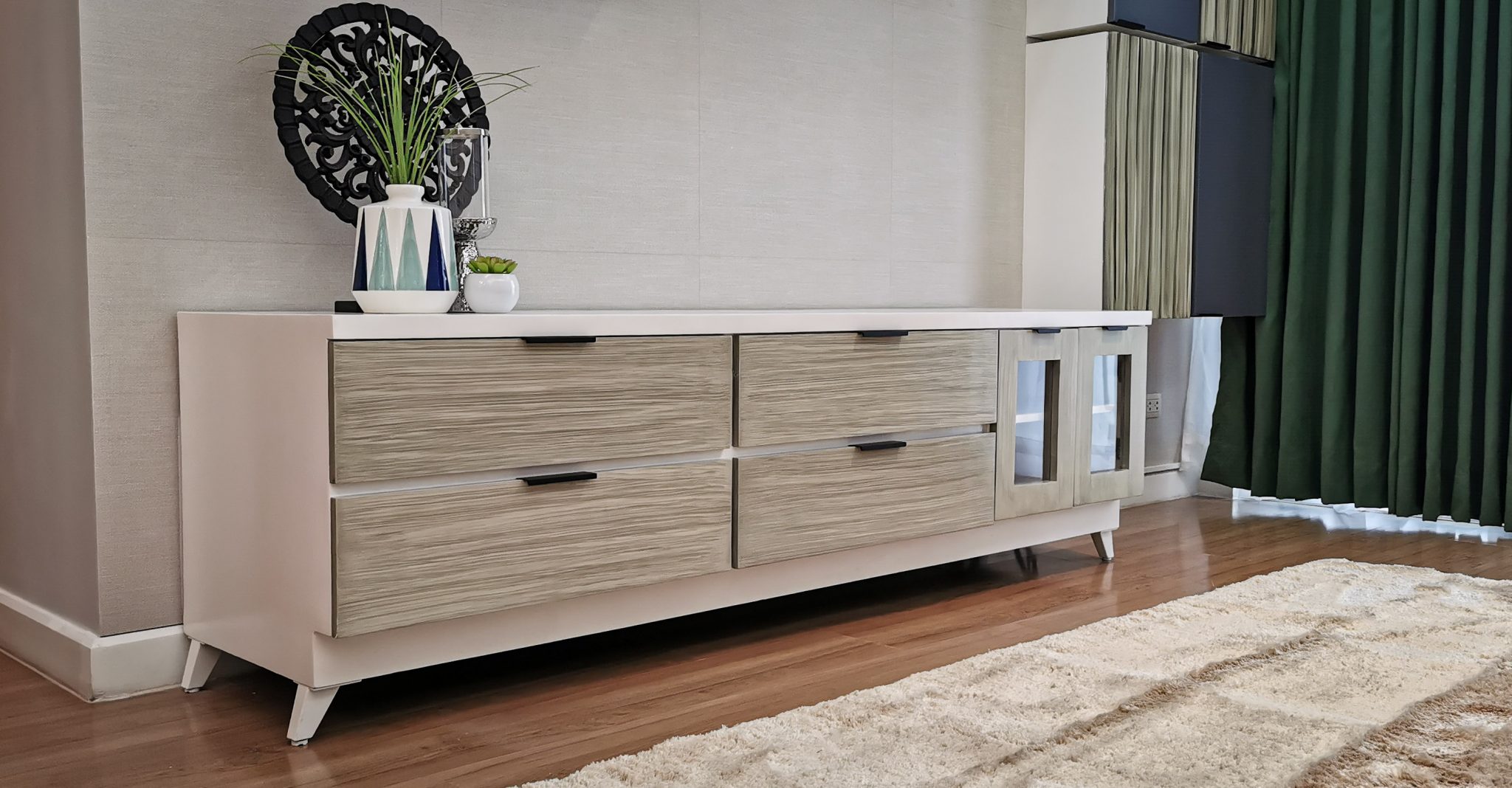Interior Design in the Philippines is a dynamic and ever-evolving field that combines various cultural and historical influences. From the traditional Bahay Kubo to the contemporary high-rise condominiums, Filipino interior designers have mastered the art of combining form and function to create visually stunning and functional spaces that reflect the country’s rich history and cultural diversity.
One of the defining characteristics of Filipino interior design is the use of indigenous materials and traditional craftsmanship. The Philippines has a rich tradition of using rattan, bamboo, and other natural fibers in the construction of furniture and home accessories. These materials are not only durable but also eco-friendly and sustainable, making them a popular choice among interior designers and homeowners alike.
Another prominent feature of Filipino interior design is the use of bold and vibrant colors. Filipinos are known for their love of colors, which is reflected in their interior design choices. From brightly colored walls and fabrics to bold accent pieces, color is an integral part of Filipino interior design, adding warmth and energy to any space.
Filipino interior designers also take inspiration from the country’s colonial past, incorporating elements from Spanish, American, and Chinese design into their work. This blend of different styles creates a unique and eclectic aesthetic that is both modern and timeless. For example, a Filipino-inspired living room may feature a classic Spanish-style chandelier paired with a contemporary sectional sofa and traditional Filipino pottery.
One of the challenges faced by interior designers in the Philippines is the need to create functional spaces that are also comfortable in the country’s tropical climate. This means incorporating elements such as natural ventilation, ceiling fans, and lightweight fabrics that allow for air circulation. Interior designers also have to consider the availability of space in a country where urbanization has led to an increase in small living spaces.
Despite these challenges, Filipino interior designers continue to innovate and push the boundaries of traditional design. Many designers now embrace sustainable and eco-friendly materials, such as recycled wood and bamboo, in their work. They are also incorporating new technologies, such as smart home systems and energy-efficient lighting, to create homes that are both beautiful and sustainable.
In recent years, Filipino interior design has gained recognition both locally and internationally. The Philippine International Furniture Show (PIFS) is now a major event in the global furniture and design industry, attracting buyers and designers from all over the world. The Philippine Institute of Interior Designers (PIID) also plays a significant role in promoting the profession and advancing the interests of Filipino interior designers.
Filipino interior designers are constantly innovating and adapting to the unique challenges posed by the country’s tropical climate and urbanization. With growing recognition both locally and internationally, Filipino interior design is poised to take its place globally as a major player in the design industry.
